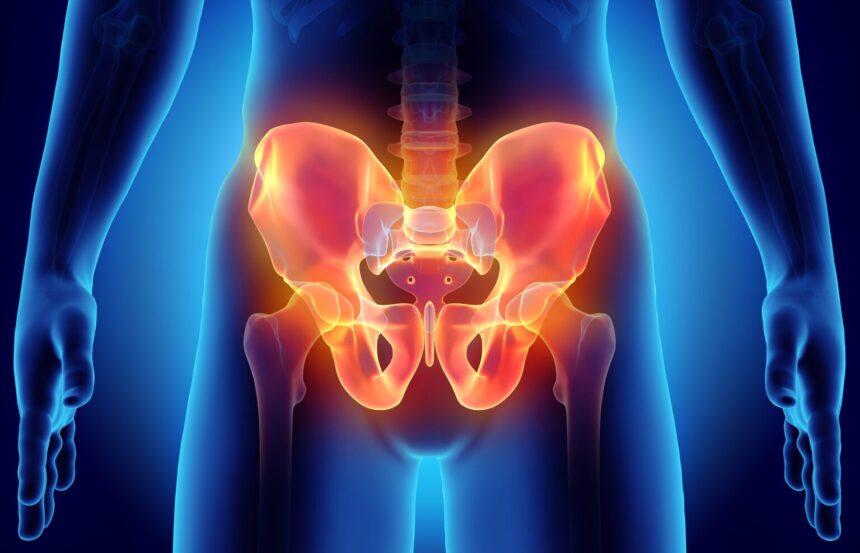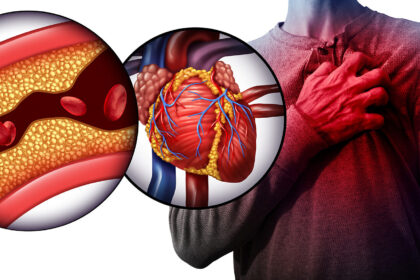Chronic pelvic pain often influence daily activities and overall comfort. It is typically felt below the belly button and between the hips. Identifying potential contributing factors can guide appropriate approaches to managing the condition. Here are a few ways to navigate the causes and treatments of pelvic pain:
Exploring Sources
Pelvic pain can originate from various sources, including the urinary system, reproductive organs, or surrounding structures. In men, prostatitis, which is an inflammation of the prostate gland, is a common cause and can lead to persistent discomfort. Understanding the possible origins helps guide discussions with healthcare providers.
Women may experience pelvic discomfort due to gynecological conditions, such as endometriosis or fibroids, which can affect daily activities. Both men and women can also experience pain from urinary tract infections or kidney stones, which form in the kidneys but may cause sharp, intense discomfort as they move. Identifying the source of pain is a helpful step in exploring potential treatment options.
Identifying Symptoms
Pelvic pain presents differently for each person, with variations in intensity, frequency, and location. Tracking associated sensations and noting when they occur can help guide discussions with a healthcare provider. Observing patterns in discomfort, related bodily changes, and any triggers or relieving factors can provide helpful context for evaluation and management.
- Dull, persistent ache
- Sharp, intermittent pain
- Pain during urination
- Frequent urge to urinate
- Changes in bowel movements
Discussing Diagnosis
Diagnosing pelvic pain begins with a thorough evaluation, which includes a physical examination and observation of movement patterns. A doctor reviews medical history and asks detailed questions about the nature, timing, and location of discomfort, as well as associated symptoms and daily routines. Describing symptoms clearly gives context for understanding the condition and guiding potential next steps.
Further tests may be suggested based on the initial assessment. Urine tests check for infections or irregularities, and blood tests provide additional insight into overall health. Imaging studies, such as ultrasounds or CT scans, help examine internal organs, detect structural concerns or stones, and clarify possible contributing factors to the pain.
Reviewing Options
Managing pelvic discomfort often involves identifying contributing factors and developing a personalized plan that suits each person’s specific situation. Strategies can include medications for particular conditions or approaches to relieve discomfort. Adjustments in daily habits, such as diet, hydration, or activity levels, may also play a role in reducing symptoms.
Approaches for urinary or kidney-related issues depend on individual circumstances. Smaller kidney stones may pass naturally with adequate fluid intake, whereas larger stones may require procedural options. Supportive measures, including rest, gentle movement, and symptom tracking, help guide ongoing care and monitoring.
Seek Pelvic Pain Care Today
Living with chronic pelvic pain can disrupt daily life, routines, and overall comfort significantly. Consulting a healthcare professional provides guidance and support tailored to your situation. Specialists in urinary and pelvic health, such as urologists, offer expertise in evaluating and managing these concerns. Connecting with a qualified provider can help clarify your options and explore approaches to relief that are safe and effective.









